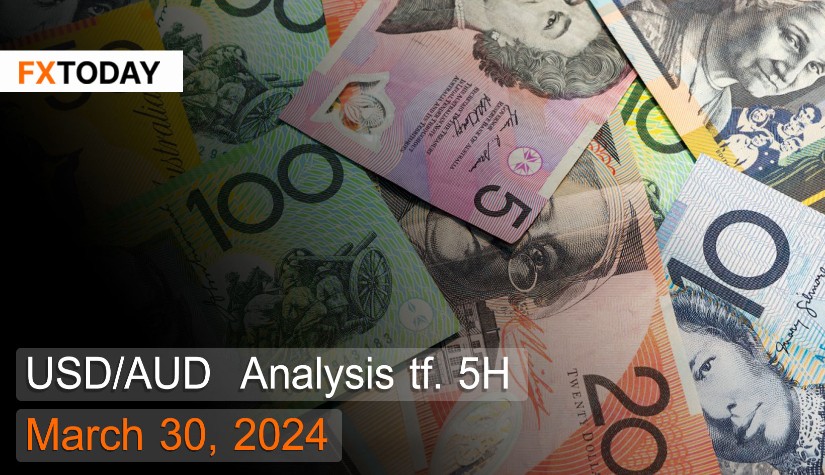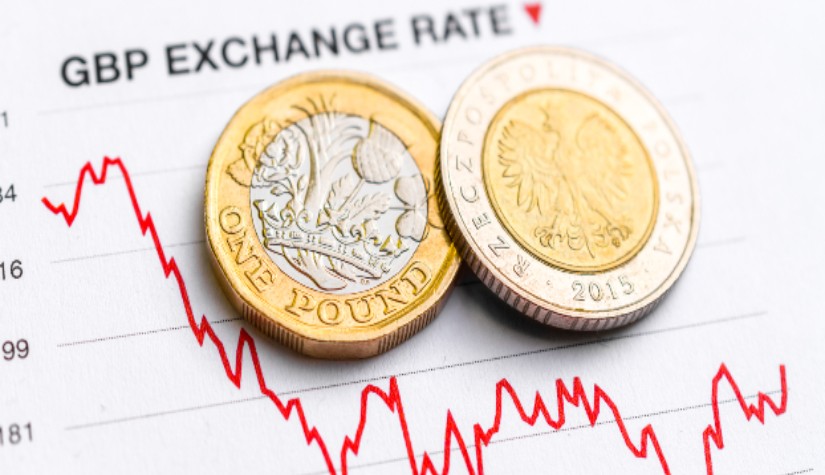The Reserve Bank of Australia may cut interest rates by the end of this year.
The Australian dollar has weakened again due to inflation falling more than expected, supporting the idea that the central bank may start lowering interest rates later this year. As for the US dollar exchange rate, it has slightly strengthened due to increased expectations that US interest rates may remain high, despite other countries beginning to ease their policies.
The inflation rate in Australia stands at 3.4% monthly in February, lower than the market's expectation of 3.5%. Food prices saw the smallest increase in 25 months, rising only by 3.6%, while the underlying inflation rate, excluding volatile items, increased to 3.9% in February, remaining above the RBA target range of 2-3%.
Despite ongoing inflationary pressures, prices of various goods have started adjusting at a slower rate, indicating a clear slowdown in cost pressures. This comes amidst signals that cost pressures in the economy continue to ease gradually. Michelle Bullock, RBA Assistant Governor, commented that managing inflation would need to contend with slowing economic growth and emphasize the potential for further interest rate increases from several factors.
Consumer confidence index decreased by 1.8% to 84.4 in March from 86 in February, driven by renewed concerns about domestic economic trends and household finances. Matthew Hassan, senior economist at Westpac, noted that while there are some positive signs emerging in the economy, even if they are small, they will affect consumer confidence in the future.
The Leading Economic Index for Australia increased by 0.1% in February, marking the highest increase in two years. The growth rate of the economy in the previous six months also indicates an increase in economic activity, mainly driven by rising prices of consumer goods in recent months. However, in March, consumer goods prices showed signs of slowing down, indicating uncertainty in this index.
Private sector credit in Australia increased by 0.5% monthly and 5.0% annually, with significant contributions from increased personal credit by 0.3% and business credit by 0.6%. The increased use of credit may indicate a resurgence in household and business finances. However, accelerating growth in various businesses may also require increased credit usage.
Techical analysis data (5H)
Resistance: 1.5361, 1.5389, 1.5416
Source: Investing.com
Buy/Long 1: If the price touches support in the price range of 1.5281 - 1.5307 but cannot break the support at 1.5307, you may set a TP at approximately 1.5389 and SL at around 1.5252 or according to your acceptable risk.
Buy/Long 2: If the price breaks the resistance in the price range of 1.5361 - 1.5389, you may set a TP at approximately 1.5416 and SL at around 1.5281 or according to your acceptable risk.
Sell/Short 1: If the price touches resistance in the price range of 1.5361 - 1.5389 but cannot break the resistance at 1.5361, you may set a TP at approximately 1.5281 and SL at around 1.5416 or according to your acceptable risk.
Sell/Short 2: If the price breaks the support in the price range of 1.5281 - 1.5307, you may set a TP at approximately 1.5252 and SL at around 1.5389 or according to your acceptable risk.
Pivot point March 30, 2024 00:04 AM. GMT+7
|
Name
|
S3
|
S2
|
S1
|
Pivot Points
|
R1
|
R2
|
R3
|
| Classic | 1.5252 | 1.5281 | 1.5307 | 1.5335 | 1.5361 | 1.5389 | 1.5416 |
| Fibonacci | 1.5281 | 1.5301 | 1.5314 | 1.5335 | 1.5356 | 1.5369 | 1.5389 |
| Camarilla | 1.5317 | 1.5322 | 1.5327 | 1.5335 | 1.5337 | 1.5342 | 1.5347 |
| Woodie's | 1.525 | 1.528 | 1.5305 | 1.5334 | 1.5359 | 1.5388 | 1.5414 |
| DeMark's | - | - | 1.5293 | 1.5328 | 1.5348 | - | - |
















